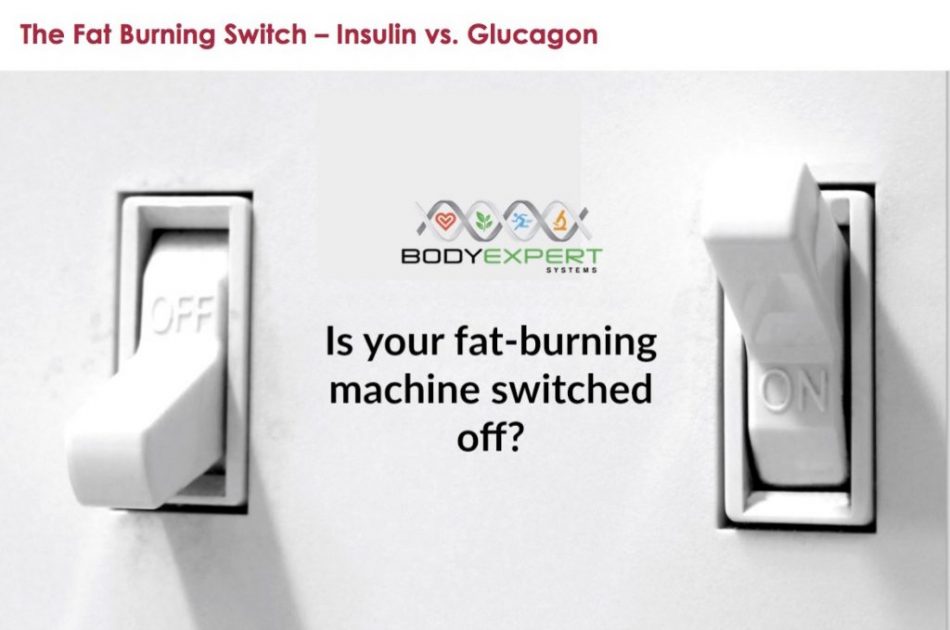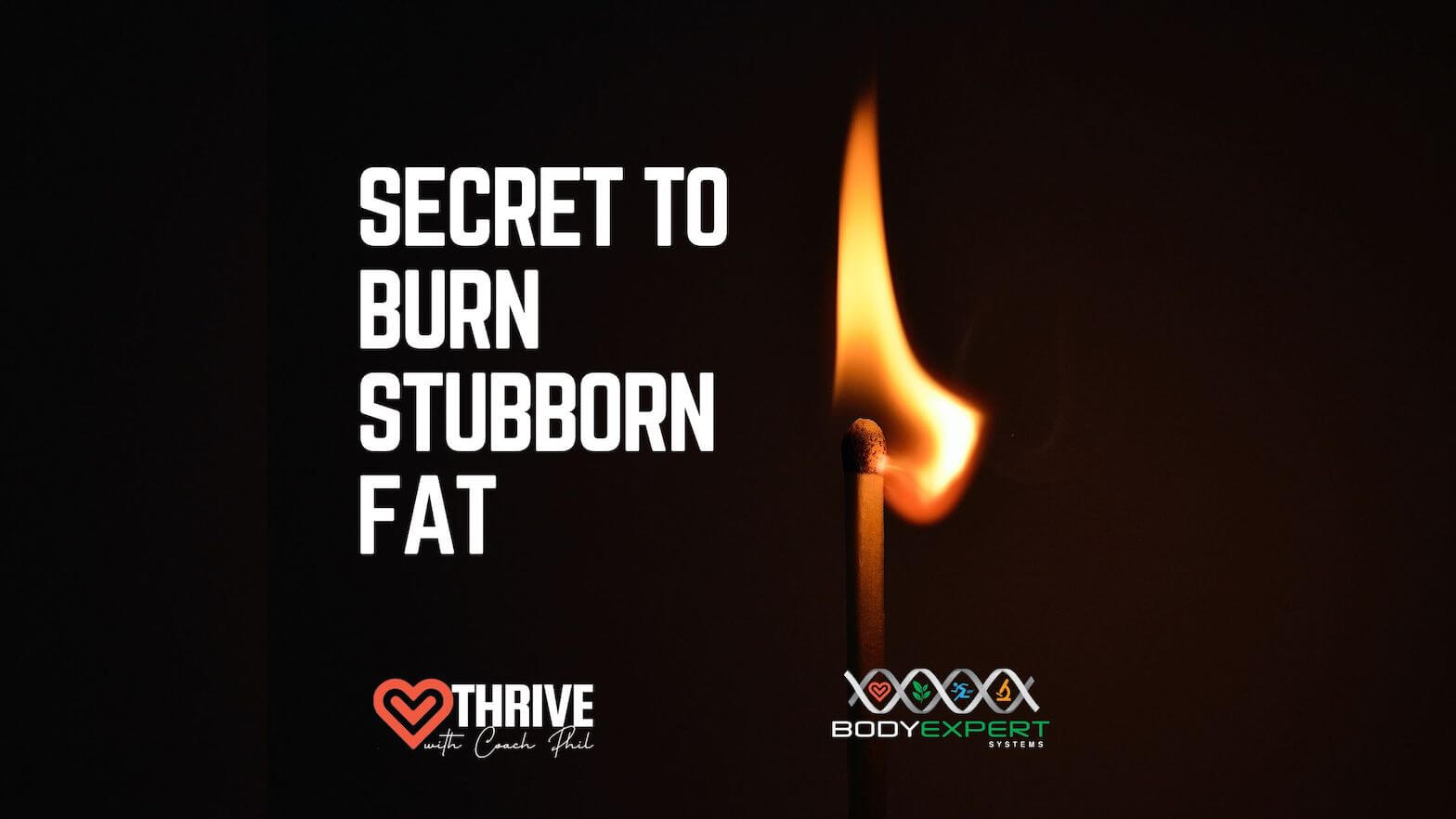The Fat Burning or Storing Switch – Insulin vs. Glucagon
When it comes to either burning fat or storing fat our bodies have a chemical switch that you can manipulate to get the result you want. There are two hormones that control your fat burning or storing result – Insulin & Glucagon
Insulin health is a complex process. Insulin management is considered one of the most important factors when striving for a lean physique, have sustained energy levels, preventing chronic disease and to feel better.
What is insulin?
Insulin is the hormone that regulates how the body uses and stores carbohydrates (glucose) and fats. Insulin’s job is to control blood sugar levels. When sugar in the blood is high insulin is released to signal our muscles (and liver) and fat cells to ‘take in’ the glucose from the blood. The first place it try’s to push sugar is into the liver and muscles for energy when we exert ourselves. We have very limited storage space in the liver and muscles for glucose and once these stores are full the glucose is transported to our fat cells. Think of insulin as the storage hormone – we store fat in the presence of insulin.
What is Glucagon?
Glucagon is insulin’s opposite. The two need to work together to keep blood sugar in balance. One of Glucagon’s main roles is to breakdown stored fat for use as fuel by cells. It serves to keep blood glucose levels high enough for the body to function well. When insulin isn’t around glucagon can work to ‘burn’ fat to fuel your bodily functions and activities.
Importance for fat loss?
The crux of the fat loss matter is that Insulin stores fat and Glucagon burns fat. Our body releases insulin in response to elevated blood sugar. If you keep your sugar and starch intake low then your insulin levels should also be low allowing the body to release glucagon into your system to utilize stored fat for fuel… equaling fat loss. The SWITCH for fat burning or fat storing is in your control. It is a matter of switching off insulin and switching on glucagon.
Two other key terms to understand are Insulin Sensitivity and Insulin Resistance. These are not absolute terms and operate as a continuum where you can shift how your cells respond on the continuum to be either more resistant or sensitive. However, if your body is on the resistant end of the continuum for too long you can ‘break’ the system, which is commonly how type 2 diabetes develops.
Maximizing insulin sensitivity (when your body only needs to use a small amount of insulin to get it’s job done = efficient) is extremely important for fat loss because when you are insulin resistant (when your cells are less affected by insulin, the receptors stop ‘listening’ and stop accepting insulin and sugar into the muscles) the body is much more likely to store the food you eat as fat. If you are more resistant to insulin your body needs to pump more insulin into the blood stream and high insulin increases fat storage, which is why insulin resistance is associated with obesity. For a normal (md-range) insulin sensitivity person about forty percent of dietary carbs are converted to fat. For a person who is higher on the insulin resistant continuum this percentage is much higher and results in their cells remaining hungry causing them to ‘signal’ for more food! Hence, creating a negative cycle for an insulin resistant person to eat more.
Insulin resistance also produces inflammation in the body, causing a whole lot of heath problems. By eating foods that are lower on the glycemic index, performing adequate physical activity and ensuring proper nutrient intake we can place ourselves on the sensitive end of the continuum for effortless and long-term fat loss.
Join our online and email community to keep up-to-date with our articles, recipes, workouts and awesome events








